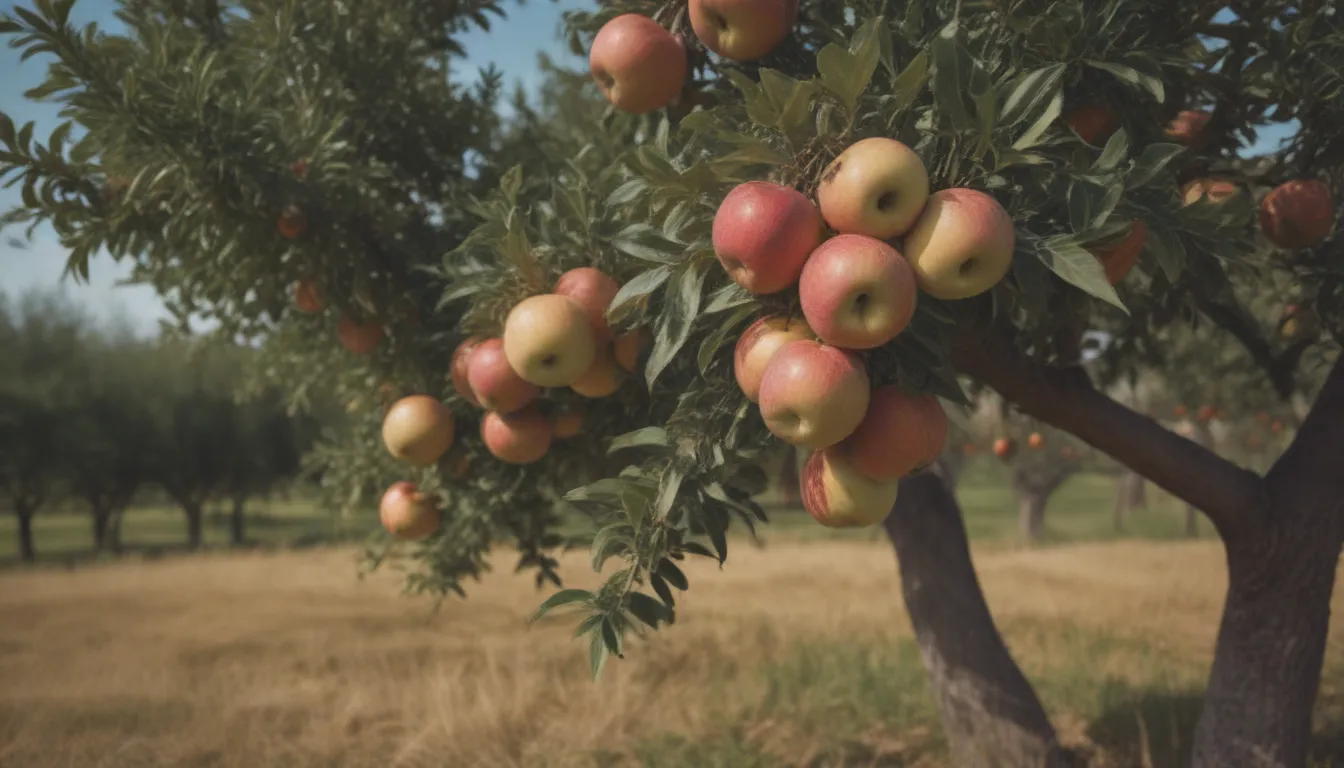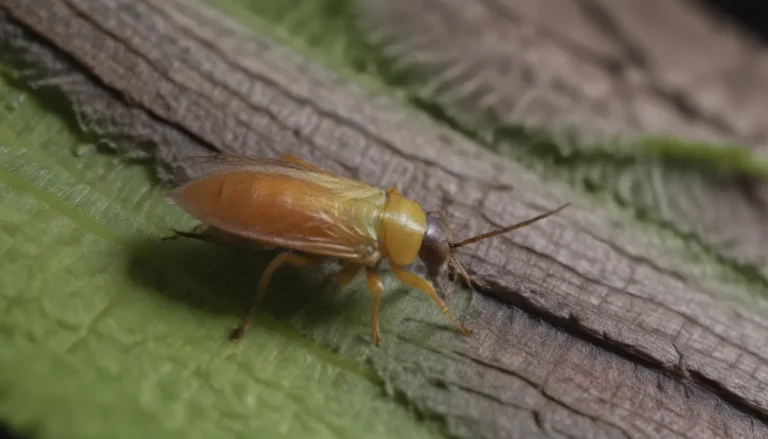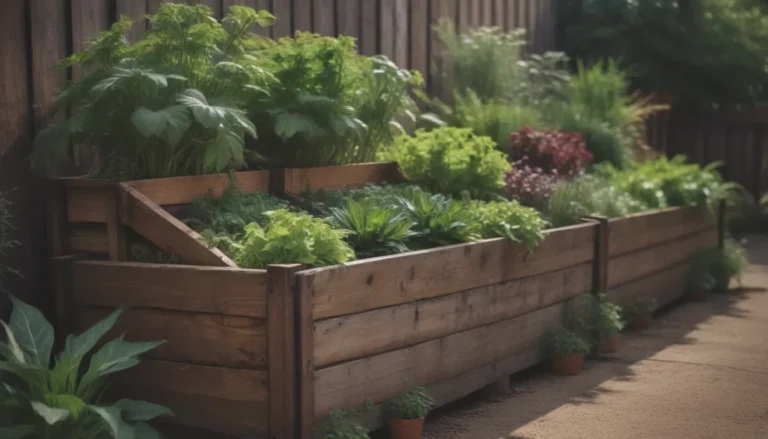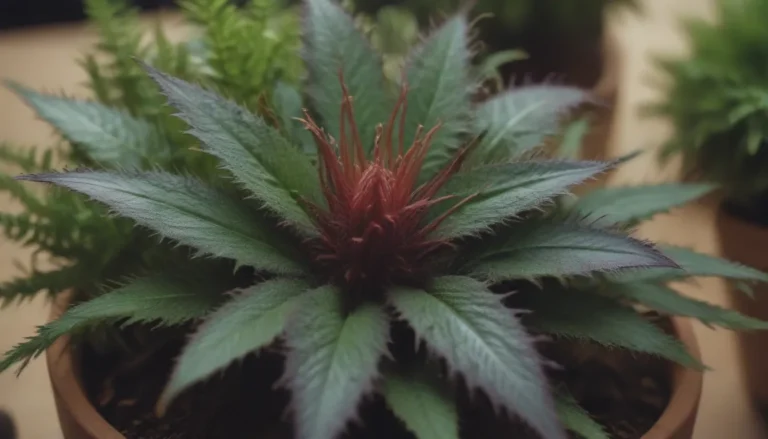Growing and Caring for Gravenstein Apple Trees: A Complete Guide

If you’re looking to grow your own delicious Gravenstein apples, you’ve come to the right place! Gravenstein apple trees produce delectable fruits that are perfect for a multitude of culinary purposes, from baking in pies to making cider and jams. These trees thrive in the Sonoma region of California, where they prefer damp, loamy, fertile soil and at least six hours of full sun per day. In addition to being a cold-hardy tree that can reach up to 15 feet in height, Gravenstein apple trees are a delightful addition to any garden.
Getting to Know the Gravenstein Apple Tree
When it comes to caring for your Gravenstein apple tree, it’s essential to understand its specific needs and requirements. Here are some key care tips to help you nurture a healthy and fruitful tree:
Light
Ensure your Gravenstein apple tree is planted in a location that receives at least six hours of direct sunlight each day. Full sun exposure is key to promoting healthy growth and fruit production.
Soil
Gravenstein apple trees thrive in moderately fertile, damp, and loamy soil. Opt for light, sandy-loam soil that allows the tree’s roots to dig deep and access essential nutrients.
Water
While your Gravenstein apple tree is establishing itself, make sure it has access to adequate moisture. Once established, these trees are relatively low-maintenance and can produce fruit without requiring excessive irrigation. However, be mindful of keeping the soil consistently moist, especially during hot summer months.
Temperature and Humidity
Gravenstein apple trees are well-suited to temperate regions like California but can also tolerate colder temperatures. These trees can benefit from the moisture in the air along the coast, even in regions prone to drought-like conditions.
Fertilizer
When fertilizing your apple tree, opt for a nitrogen-rich fertilizer applied around the base of the tree. Repeat this process every three months, focusing on a three-foot circle around the tree once it is two years old. Proper fertilization is essential for promoting healthy growth and fruit production.
Pollination
Cross-pollination is crucial for apple trees to set fruit successfully. Ensure your Gravenstein apple tree is located within 100 feet of other apple trees to facilitate pollination. Honeybees play a vital role in pollinating apple trees, so keep an eye out for these industrious pollinators in your garden.
Types of Gravenstein Trees
Gravenstein is a triploid apple cultivar that can be cross-pollinated with other self-fertile apple varieties such as gala, fuji, empire, or red and yellow delicious. Red Gravenstein apples, a sport of the original variety, boast a vibrant red color and juicy flesh. Originating in Denmark in the 17th century, the Gravenstein apple has a rich history and is known as the “national apple” in its home country.
Gravenstein Apples
Known for their versatility and depth of flavor, Gravenstein apples exhibit a unique balance of tangy and sweet notes, accompanied by a delightful honey-like aroma. These apples come in a variety of colors ranging from red-over-green to yellow, green, and red with white or creamy white flesh. With a crisp, juicy texture and medium to large size, Gravenstein apples are perfect for a range of culinary uses.
Pruning Tips for Gravenstein Apple Trees
Proper pruning is essential for maintaining the health and productivity of your Gravenstein apple tree. Focus on maximizing growth on lateral branches rather than central leaders to encourage higher fruit yields. Prune your tree in late winter or early spring, just before new growth begins, to protect it from the coldest winter temperatures. A well-pruned tree will develop a sturdy scaffold to support the weight of its fruit.
Propagating Gravenstein Apple Trees
While Gravenstein apple trees do not grow true from seed, they can be propagated through grafting or rooting cuttings. Grafting involves attaching Gravenstein buds to a new rootstock, a process best left to botanical experts. Rooting cuttings is a simpler method that can be attempted by home gardeners, though it may take longer for the tree to establish.
Potting and Overwintering Tips
Consider growing a young Gravenstein apple tree in a container initially before transplanting it into the ground. Ensure the tree has established roots before transplanting it, and avoid keeping it potted for more than two to three years. Overwintering your Gravenstein apple tree is essential, especially for young trees that may require added protection from extreme temperatures.
Common Pests and Plant Diseases
Like many apple varieties, Gravenstein apple trees are susceptible to diseases such as blight, apple scab, and powdery mildew. Additionally, these trees may attract pests such as moths, but using sticky traps can help mitigate pest damage. Regular monitoring and proper care practices can help keep your Gravenstein apple tree healthy and thriving.
Blooming and Fruit Production
Gravenstein apple trees typically bloom in April or May, producing fragrant white blossoms with a honey-like scent. Encouraging more blooms involves bending vertical branches to a horizontal orientation in the spring and avoiding excessive pruning that could remove dormant buds necessary for future blossoms. Successful fruit production requires cross-pollination with other apple varieties, so make sure your Gravenstein tree is near compatible pollinators.
Common Problems and Solutions
If your Gravenstein apple tree experiences issues such as early fruit drop or low fruit production, consider factors such as proper pollination, watering, and pruning practices. Addressing these issues proactively can help ensure a bountiful harvest of delicious Gravenstein apples.
In Summary
Growing and caring for Gravenstein apple trees can be a rewarding experience for any gardener. By providing your tree with the right conditions, adequate care, and attention to its specific needs, you can enjoy a plentiful harvest of flavorful apples year after year. Whether you’re a seasoned orchardist or a novice fruit grower, cultivating a Gravenstein apple tree in your garden is a delightful way to savor the fruits of your labor.
Remember, patience and dedication are key when tending to your Gravenstein apple tree. With proper care and maintenance, you can enjoy the fruits of this versatile and delicious apple variety for years to come. Happy gardening!





